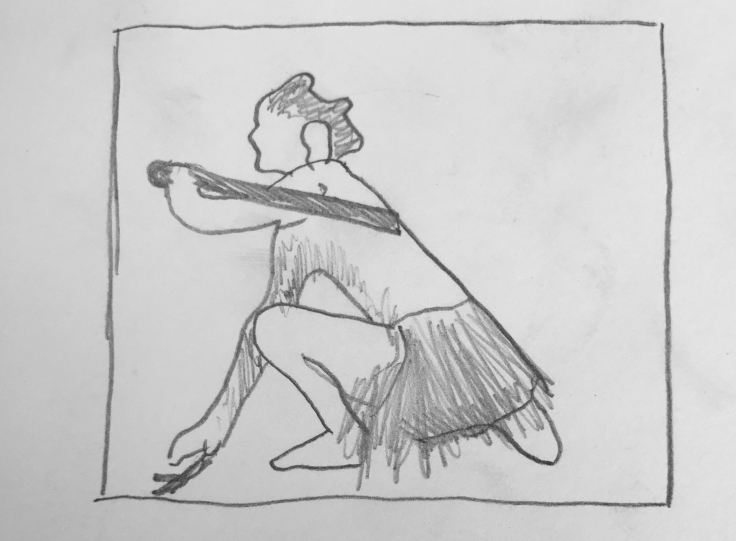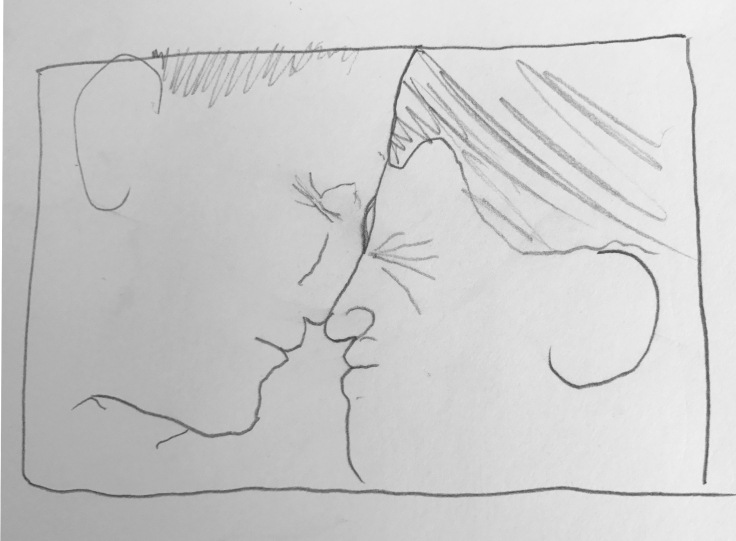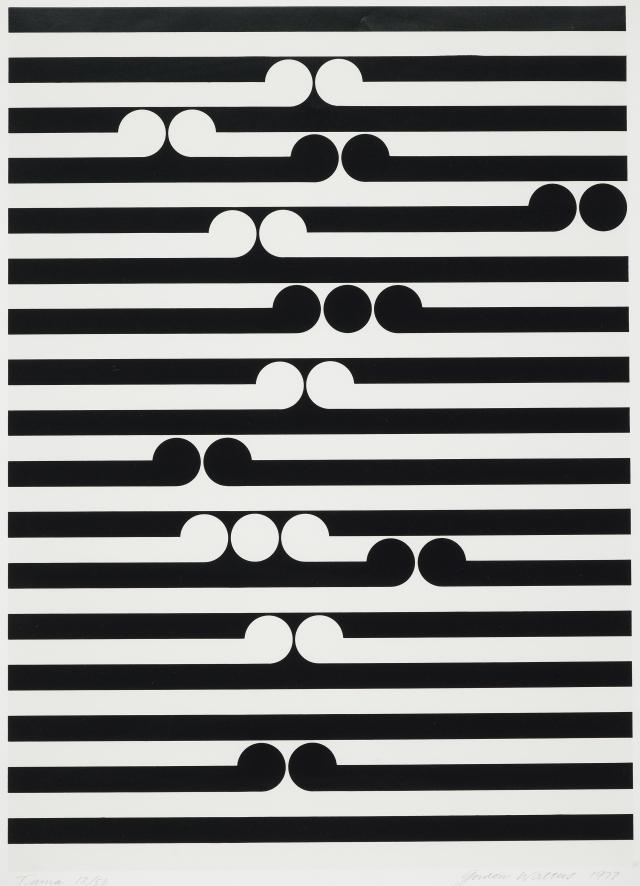Pōwhiri Process:
- Waerea (Incantation/Prayer)

When the Manuhiri (visitors) arrive they perform a Waerea before entering. A Waerea is a karakia (prayer) which originates from when Maori believed they could be harmed by spiritual powers when entering a strange marae (Higgins, 77).
2. Wero (Challenge)

Once welcomed onto the land, the manuhiri waited as a wero (challenge ) was performed. An armed warrior of the Tungatawhenua (people of the land/ hosts) is sent out to the manuhiri and places a token on the ground. He then displays his skill in his weapon to encourage the leader of the manuhiri to pick up the token.
2.5 Accepting the token. Karanga (Ceremonial Call)

If the token is picked up it indicates the manuhiri have peaceful intentions. (Higgins, 78)
3. Karanga (Ceremonial Call)

Once the token has been received by the manuhiri, the woman of the tangata whenua begin a karanga.
A karanga provides information about both parties to each other for example who they are and what there intentions are.
The woman of the manuhiri will then respond with there own karanga as the manuhiri whakaeke (arrives as guests / moves onto) the marae (Higgins, 78).
4. Haka. (Performance)

During the whakaeke of the manuhiri to the marae, the tangata whenua will perform a haka to welcome there guests. Sometimes the manuhiri will also perform a haka in recognition and respect of the tungatawhenua (hosts) (Higgins 79).
4.5 Tangi (weeping)
Stopping a little from the marae as a group, this is when the karanga and the haka will end and the remberance od the dead occur. There is sometimes tangi (weeping). Once complete the manuhiri move to the seating arrangement within the marae to begin whaikōrero (speeches).
5. Whaikōrero (speeches)

During the whaikōrero the woman are seated behind the men. the whaikōrero expands onthe information shared at the karanga, detailing who the manuhiri/tangata whenua are, the paying respects to the dead and the reason for the visit. The hosts speak twice and the visiter’s once. (Higgins, 79). Whaikōreo is considered an art “Good speakers gain mana for themselves and the people they represent” (Higgins, 80)
6.Waiata

A waiata (traditional chant) is performed by each party after the end of each whaikōrero.
7. Kohu (gift)

The manuhiri normally gives a gift to the tangata whenua a the end of the final whaikōrero. According to Higgins in traditional Maori society the gift ranged from weapons and finely woven cloaks to a form of food which was a specialties from the area of the manuhiri. (Higgins, 81)
8. Hongi (pressing noses in greeting)

Upon the completion of the whaikōrero and waiata and the collection of the kohu, the manuhiri lead the hariru (shaking of hands) and hongi (pressing noses in greeting) with first the speakers of the tagata whenua then the rest of their people (Higgins 81).
The hongi completes only the formal side of the pōwhiri the whole process is fully concluded with the sharing of kai (food).
9.Kai (food)

Once greeting have finished, the manuhiri were invited to join in kai (food). Sharing kai is important as it is significant practising of manaakitanga (hospitality). “The role of the tangat whenua is to provide as much as they can for the manuhiri as it reflects there mana of the tanga whenua.” (Higgins 82)
Sources:
Higgins, R. & Moorfiel, J., (2004)Ng tikanga o te marae. In Ki te Whaiao: An introduction to Maori Culture and society. Auckland: Pearson Education New Zealand Limited, pp.73-84.
Moorfield, John C. “MāoriDictionary.” Māori Dictionary, John C Moorfield, maoridictionary.co.nz/. Accessed 26 July 2017.

Leave a comment